 The first time I made a Williamsburg-inspired Christmas wreath, I followed the overly complicated directions I found in an old dusty book entitled...what else?..."How to Make an Overly Complicated Williamsburg-Inspired Christmas Wreath". It involved a piece of plywood, a can of green spray paint, lots of screws, and a few power tools. In my lifelong pursuit of the answer to the question, "Is this really necessary?", I've determined that there is nearly always an easier way to do everything. Save yourself the trouble and try my shortcut approach to an impressive "Williamsburg-Inspired Pineapple Christmas Wreath". Your neighbors never have to know how easy it was!
The first time I made a Williamsburg-inspired Christmas wreath, I followed the overly complicated directions I found in an old dusty book entitled...what else?..."How to Make an Overly Complicated Williamsburg-Inspired Christmas Wreath". It involved a piece of plywood, a can of green spray paint, lots of screws, and a few power tools. In my lifelong pursuit of the answer to the question, "Is this really necessary?", I've determined that there is nearly always an easier way to do everything. Save yourself the trouble and try my shortcut approach to an impressive "Williamsburg-Inspired Pineapple Christmas Wreath". Your neighbors never have to know how easy it was!Here's what you'll need:
One 24" fresh Christmas wreath (frazier, juniper, or any variety you prefer)
Heavy gauge green florist wire
Green florist picks
Fresh Pineapple and other assorted fruit (lemons, limes and apples work well)
Optional: Pinecones and sprigs of fresh greenery (Nandina and Magnolia leaves work well)
1. Be prepared to man-handle your wreath. Commercial wreaths are supported from behind by a circular metal frame that is relatively pliable. Grab the sides of your wreath firmly and squeeze them together (this takes a little muscle) so that your wreath goes from a circle shape to an oval shape. You want to close the opening in the center of the wreath.
2. Lay your squashed wreath on a stable work surface. Clean your fruit and wipe with a little mineral oil. Take 3 feet of florist wire and wrap the middle of the wire 2-3 times securely around the pineapple at the base of the stem. You should have at least 15" of wire on either side of the pineapple. Lay the pinea
 pple in the center of the wreath in the indentation formed by the closed center. Pull the wires firmly around the sides of the wreath and carefully turn the wreath and pineapple over so that you can work on the back of the wreath. Pull the wires as tight as you can (so the pineapple does not sag) and secure with a knot. Twist the ends and tuck them into the wreath so they do not scrap the surface of your door. Turn the wreath back over.
pple in the center of the wreath in the indentation formed by the closed center. Pull the wires firmly around the sides of the wreath and carefully turn the wreath and pineapple over so that you can work on the back of the wreath. Pull the wires as tight as you can (so the pineapple does not sag) and secure with a knot. Twist the ends and tuck them into the wreath so they do not scrap the surface of your door. Turn the wreath back over.3. Once your pineapple is securely mounted, you can begin to embelish your wreath with other natural elements. Insert a florist pick midway through each piece of fruit. I usually remove the piece of wire that comes atached to each florist pick. Using your free hand, you can locate places throughout your wreath where the branches are bound together and attached to the metal frame. These places are relatively easy to find and provide secure spots in which to wedge the florist picks and support the fruit. Distribute your decorative elements evenly throughout the wreath. Additional wire can be used if extra support is needed.
4. Additional fresh elements can be added at the top or the base of the wreath. Red Nandina sprigs or magnolia leaf bundles are lightweight and can easily be inserted ino the wreath.
5. Your wreath can be hung from the door on a nail or an over-the-door wreath hanger. I hang mine by the wreath's metal frame, but you can also create a secure loop out out florist wire and attach it to the frame for hanging.
6. Your fabulous, fresh Christmas creation will last outside for 2-3 weeks. You may have to replace an occasional piece of fruit if it goes bad or, as in my case, gets attacked by birds and squirrels. Merry Christmas!






.jpg)
.jpg)
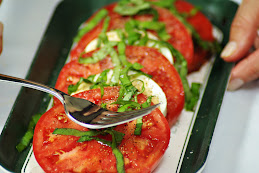
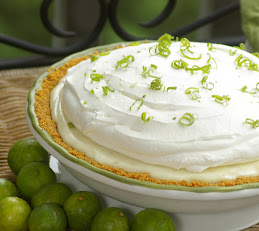


.jpg)
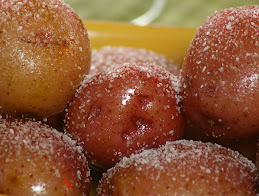

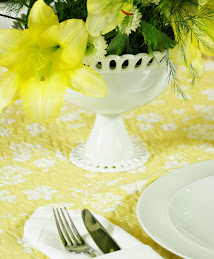
.jpg)
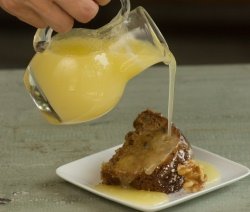.jpg)
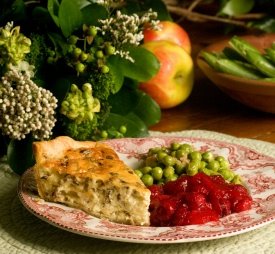
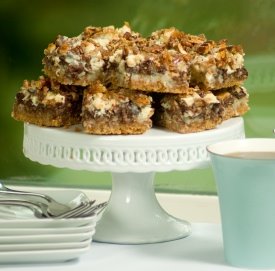
.jpg)
.jpg)
.jpg)
.jpg)
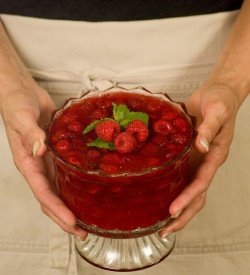
.jpg)
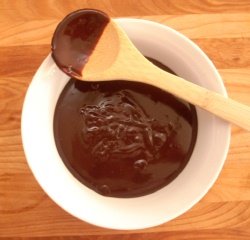.jpg)